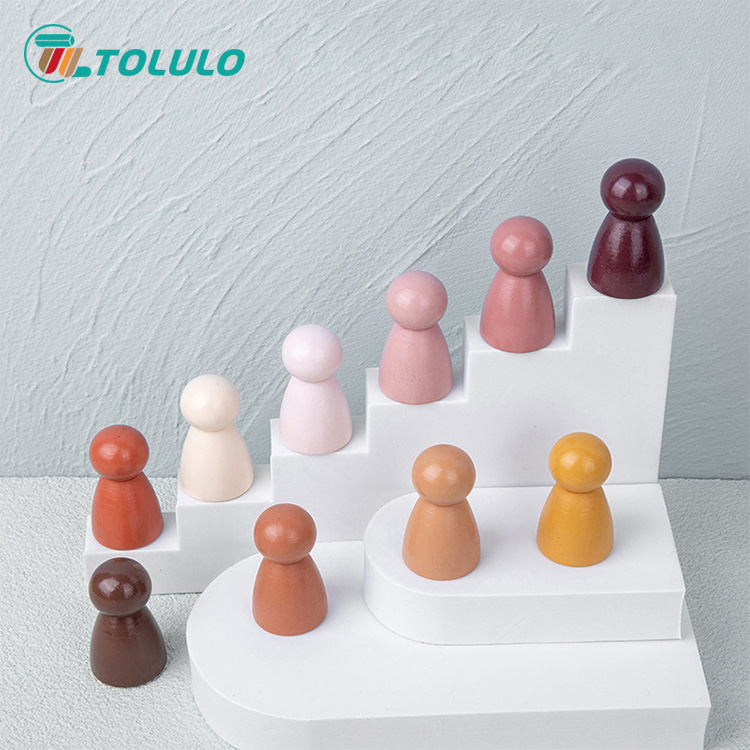 English
English-
 English
English -
 Español
Español -
 Português
Português -
 русский
русский -
 Français
Français -
 日本語
日本語 -
 Deutsch
Deutsch -
 tiếng Việt
tiếng Việt -
 Italiano
Italiano -
 Nederlands
Nederlands -
 ภาษาไทย
ภาษาไทย -
 Polski
Polski -
 한국어
한국어 -
 Svenska
Svenska -
 magyar
magyar -
 Malay
Malay -
 বাংলা ভাষার
বাংলা ভাষার -
 Dansk
Dansk -
 Suomi
Suomi -
 हिन्दी
हिन्दी -
 Pilipino
Pilipino -
 Türkçe
Türkçe -
 Gaeilge
Gaeilge -
 العربية
العربية -
 Indonesia
Indonesia -
 Norsk
Norsk -
 تمل
تمل -
 český
český -
 ελληνικά
ελληνικά -
 український
український -
 Javanese
Javanese -
 فارسی
فارسی -
 தமிழ்
தமிழ் -
 తెలుగు
తెలుగు -
 नेपाली
नेपाली -
 Burmese
Burmese -
 български
български -
 ລາວ
ລາວ -
 Latine
Latine -
 Қазақша
Қазақша -
 Euskal
Euskal -
 Azərbaycan
Azərbaycan -
 Slovenský jazyk
Slovenský jazyk -
 Македонски
Македонски -
 Lietuvos
Lietuvos -
 Eesti Keel
Eesti Keel -
 Română
Română -
 Slovenski
Slovenski -
 मराठी
मराठी -
 Srpski језик
Srpski језик
What Are Some Montessori Toys That Can Help Your Child Learn Math and Science?
2024-09-18

What are the benefits of Montessori toys?
Montessori toys come with many benefits. One important benefit is that these toys help promote children's independence and self-confidence. Montessori toys are designed to encourage children to explore and experiment with the toys, allowing children to discover and learn new things on their own. These toys are also designed to help children improve their fine motor skills, hand-eye coordination, and problem-solving skills.
What are some examples of Montessori toys for math and science?
There are many Montessori toys that can help children learn math and science. Some examples include:
- Geometric shape puzzles
- Number stacking blocks
- Abacus
- Color and shape sorting games
- Science experiment kits
What age group are Montessori toys suitable for?
Montessori toys can be suitable for children of different ages, from infants to preschoolers. However, the type of Montessori toys that are suitable for each age group can vary. For instance, Montessori toys for infants may focus on sensory exploration and objects exploration, while the toys for preschoolers may focus on developing literacy, numeracy, and social skills.
How do Montessori toys differ from traditional toys?
Montessori toys differ from traditional toys in several ways. First, Montessori toys are typically made of natural materials and have a simpler design compared to the bright and flashy design of traditional toys. Second, Montessori toys are often open-ended, meaning that the toys can be used in different ways and provide various learning opportunities. Finally, Montessori toys are designed to encourage children's independent learning and creativity, unlike traditional toys that may rely on instructions from adults.
In conclusion, Montessori toys provide unique and effective learning opportunities for children in terms of math and science subjects. They are designed to promote children's independence, creativity, and problem-solving skills. As a result, Montessori toys can be a valuable addition to any child's toy collection.
Ningbo Tonglu Children Products Co., Ltd is a leading manufacturer of Montessori toys. We are dedicated to designing and producing high-quality toys that promote children's learning and development. Our toys are made of natural, safe, and non-toxic materials. We aim to provide our customers with exceptional services and products. Please feel free to contact us at info@nbtonglu.com for any inquiries.
10 References for further reading:
1. Lillard, A.S. (2013). Playful Learning and Montessori Education. American Journal of Play, 6(1), 124-143.
2. Lillard, A.S. (2012). Preschool children’s development in classic Montessori, supplemented Montessori, and conventional programs. Journal of School Psychology, 50(3), 379-401.
3. Adele Diamond, S. L. Barnett, and Jessica Thomas. (2007). Preschool Program Improves Cognitive Control. Science, Vol. 318, Issue 5855, pp. 1387-1388.
4. Stephenson, K. (2017). Maria Montessori and her influence on STEM education. IGI Global.
5. Kambouri, M., & Tombras, C. (2020). Designing educational databases for Montessori materials, implementation and assessment. International Journal of Continuing Engineering Education and Life-Long Learning, 30(2), 105-118.
6. Montessori, M. (1995). The absorbent mind. Henry Holt and Company.
7. Slater, L., & Hall, B. (2013). ‘Perfect playmates’: The emergence of the ‘Montessori Method’ in early twentieth-century Britain. History of Education, 42(5), 603-620.
8. Lindsay, M. (2020). The Montessori Educational Method: Can It Appropriately Supplement Traditional Teaching in Elementary School Classrooms?. The Journal of Instructional Pedagogies, 23.
9. McCormick, M. (2010). Playful learning: Montessori’s approach to sensorial education. Early Childhood Education Journal, 37(6), 467-475.
10. Rathunde, K., & Csikszentmihalyi, M. (2005). Middle school students’ motivation and quality of experience: A comparison of Montessori and traditional school environments. American Journal of Education, 111(3), 341-371.



